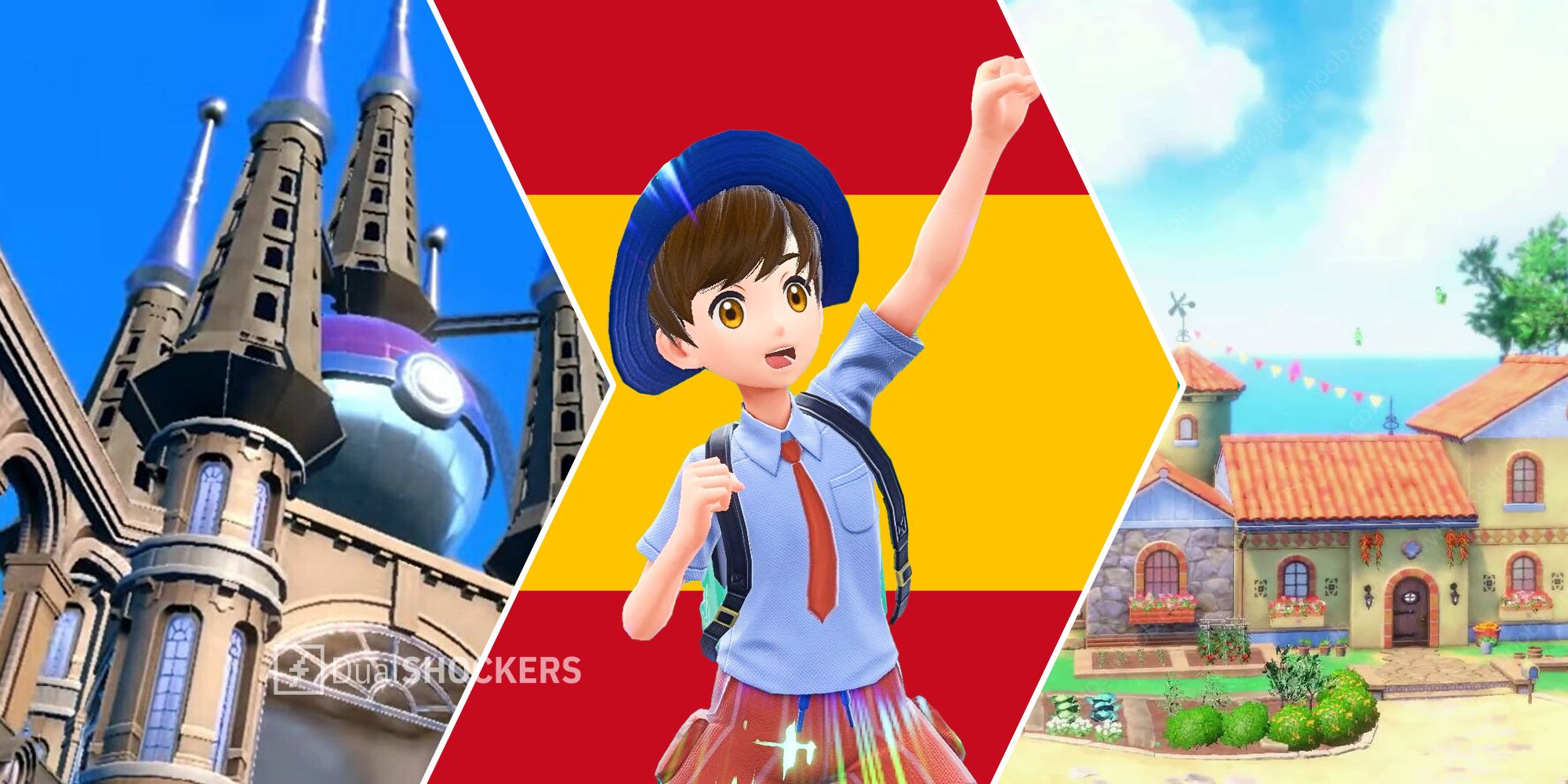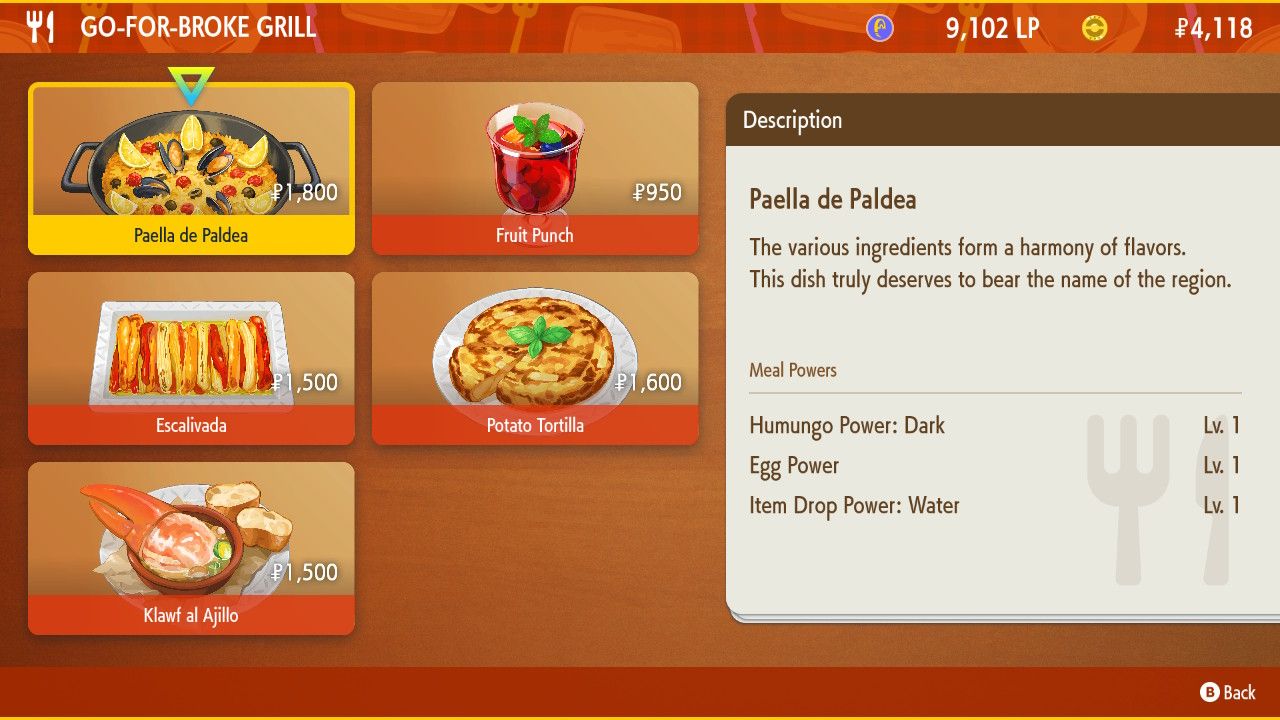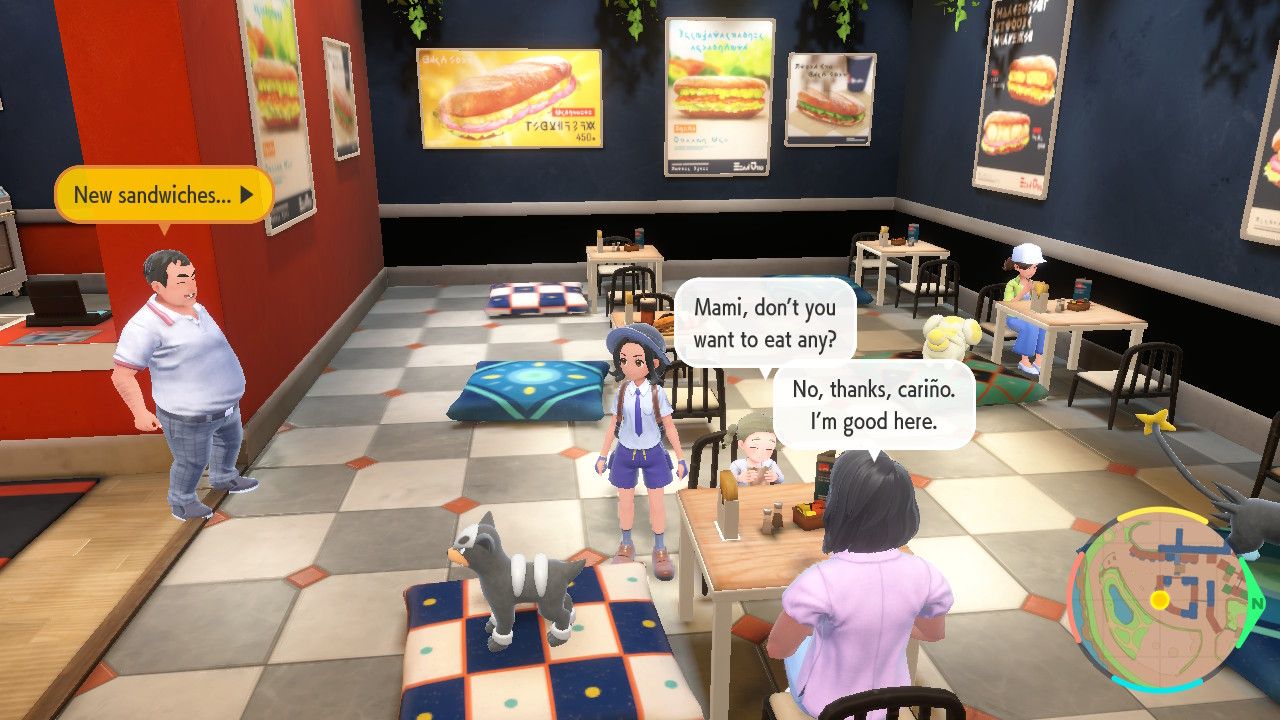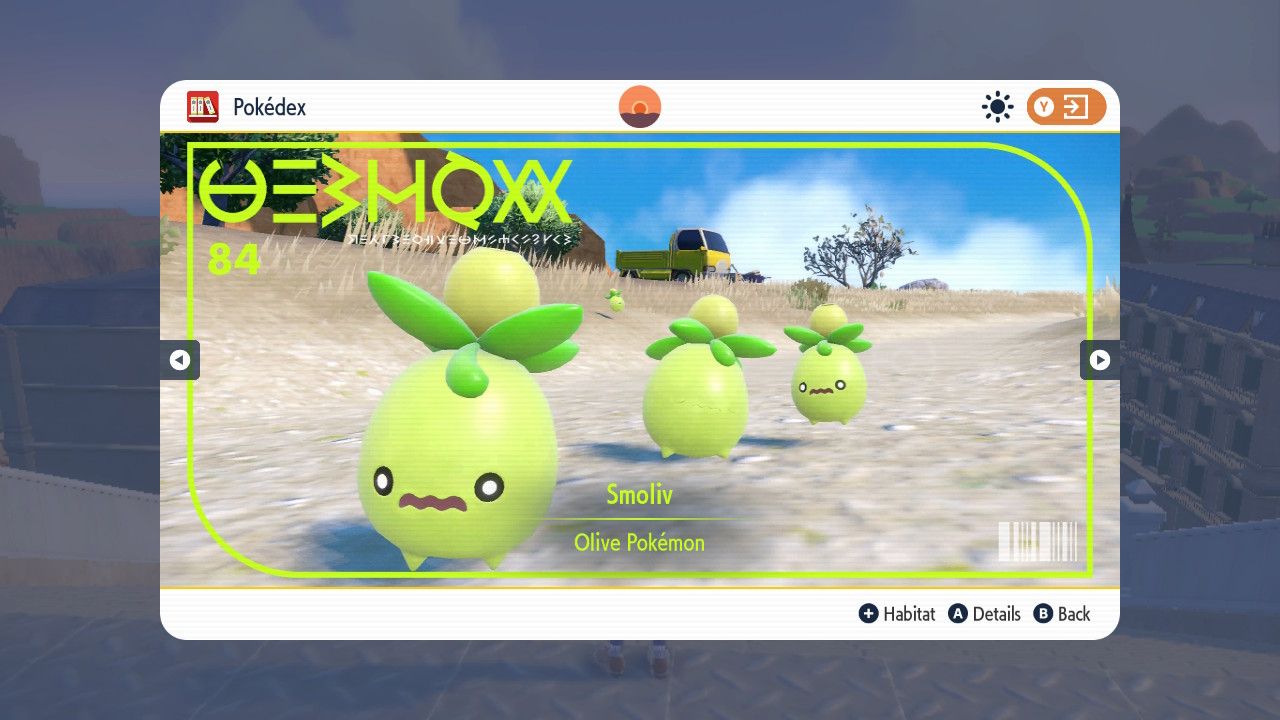Before jumping in, I must note that I don't consider myself an expert on Spain or Spanish culture. The views I share stem from my study and appreciation of the Spanish language and culture, as well as lived experiences in Spain.
I've been a Pokemon fan for most of my life, and no game in the franchise has enchanted me like Pokemon Violet. Months ago, my partner revealed to me that he had pre-ordered us Pokemon Scarlet & Violet, and I'd receive the latter at launch as a birthday present. While journeying through Paldea, I found myself nostalgic for the sights and flavors of Spain. Having lived with a family in Barcelona, I was impressed by the Spanish cultural and linguistic references in the region. The locations, cuisine, language, and unique Pokemon of Paldea reflect serious research on Spain by the developers, which I immensely appreciate.
While plenty of past regions in the Pokemon universe were inspired by real places, the similarities were usually strictly geographical. The Hawaii-inspired Alola Region and the Great Britain-inspired Galar Region made strides forward by integrating some food and language from their real world counterparts, yet I found myself underwhelmed by the relatively shallow incorporations of the respective cultures. How are there poke beans but no poke in Alola? Sure, curry is immensely popular in England, but why can't players in Galar buy fish and chips, the British staple, with Basculin replacing cod as the key ingredient? These were missed opportunities to delight fans and share unique parts of Hawaiian and British culture to gamers worldwide.
Pokemon Scarlet & Violet build upon the geographical, food, and linguistic inspirations barely implemented in earlier entries and take it to the next level in several ways.
Throughout Paldea, city and town names reference real locations, and various sites are architectural landmarks. Mesagoza, Paldea's largest city, draws part of its name from Zaragoza, a city in northeastern Spain. In Mesagoza, Naranja/Uva Academy has a striking similarity to La Sagrada Familia, a towering basilica that has been under construction in Barcelona for more than a century. The Academy isn't the only marvel inspired by the work of Catalan Modernist Antoni Gaudi. The entrance to Mesagoza features a colorful tiled mosaic evocative of Parc Guell, a sprawling park with unique buildings, sculptures, and tile work in Barcelona.
To the northwest lies the town of Medali, possibly inspired by the Spanish city of Merida. The open-air theater in Medali appears similar to Merida's Teatro Romano, a UNESCO World Heritage Site. Directly west of Mesagoza is Cortondo, a town famed for the Olive Harvest Festival. You'd be hard-pressed not to find olives on the table during any meal in Spain, and olive oil goes in absolutely everything. Rolling around a giant olive for the Cortondo Gym Test made me laugh... and remember how much I don't like olives.
When Pokemon first announced the Picnic activity, I was disappointed that out of all the exquisite dishes available in Spanish cuisine, sandwiches were the selected feature (before remembering how delicious Spanish sandwiches are compared to the Subway sandwiches that immediately came to mind). This Reddit post discusses the importance of the iconic sandwich — "bocadillo" — in Spanish cuisine, and mentions common ingredients like a halved baguette, olive oil, and Iberian ham (to the detriment of a certain Pokemon discussed later). As a comment noted, Pokemon could have easily replicated the curry maker from Galar and changed the meal to paella, a rice dish with several protein variations originating from the Valencia region in Spain. Selecting the "bocadillo" is not only more practical for the Picnic activity, but the sandwich is also a typical meal across Spain compared to the more regionally specific paella.
While paella would probably be too messy for a Poke-Picnic, it does make an appearance in the game. You can buy Paella de Paldea at the Go-For-Broke Grill, along with several other essential Spanish dishes including the Potato Tortilla ("Tortilla de patatas"), an omelette considered the national dish by many, and Escalivada, roasted vegetables. The Go-For-Broke Grill also has Fruit Punch, which bears a resemblance to Sangria (but kid-friendly and alcohol-free). Other establishments offer even more Spanish fare, such as Spicy Potatoes ("Patatas bravas") at the Seabreeze Cafe, Pinchitos at Chic Kebab, and churros at Smoochurro. One can go nuts with trying Spanish cuisine in Pokemon, and hopefully try those dishes in real life too.
Spanish is frequently slipped into everyday conversations in Pokemon Scarlet & Violet, which has never been executed so well in a previous game. I immediately lit up when Nemona, the protagonist's rival, greeted me with "Buenas!" at our first meeting – not "Hola" or "Buenos Dias," but "Buenas," which sounds more casual and natural coming from another student. I was amused every time a character said "Oye," an exclamation in Spanish. When you purchase sandwich ingredients at Deli Cioso, the seller says the Spanish equivalent of Bon Appetit, "Buen Provecho!"
Passing NPCs on the street, you’ll be greeted with speech bubbles saying things like "Que bien," "Vamos," and "Adios." Inside a restaurant, a child has a conversation with his mother, whom he calls "mami," and in reply she calls him "cariño," meaning "dear." In conversations, some characters call me "muchacha," meaning young lady, or "amiga." Of course, how could I neglect to mention the ridiculous "Hasta la vistar!" yelled by every Team Star grunt. It's the small details that make the region of Paldea feel cohesive and truly Spanish-inspired.
Even the Pokemon native to Paldea are inspired by Spanish culture, which is reflected in their names and designs.
Two of the starters — Sprigatito and Fuecoco — incorporate Spanish words. "Gatito" means kitty, appropriate for the feline Grass-type starter, and "fuego" means fire, suitable for the ankle-biting red fellow for obvious reasons. Flamigo, which looks like a lawn flamingo, has "amigo" in the name, automatically making the pink bird your friend. And what Pokemon is more quintessentially Spanish than Smoliv, a tiny olive-shaped Pokemon that stores oil on its head? Another Spanish food-related Pokemon is Lechonk, a Normal-type Hog Pokemon that is reminiscent of the Black Iberian pig. "Jamon Iberico," Iberian ham, is world-renown for its distinct and intense flavor. Tauros, a Normal-type Pokemon introduced in Generation 1, receives a new, all-black and Fighting-type form in Paldea resembling the real-life Spanish Fighting Bull. In Spain, bullfighting is a controversial tradition, still practiced in some cities and illegal in others.
In my first week of playing Pokemon Violet, my enjoyment of a fascinating new region was enriched by the unprecedented attention given to cultural details. There are still so many cool things that I haven't been able to touch on in this article, like how Professor Turo's name comes from the word "futuro," meaning future, while Professor Sada's name comes from the word "pasada," meaning "past."
As I continue playing, I expect the game will surprise me with more clever Spanish names and cultural connections. Generation 9 has rekindled my love for Pokemon, and I hope that future generations continue to feature these kinds of thoughtful cultural and linguistic references.





